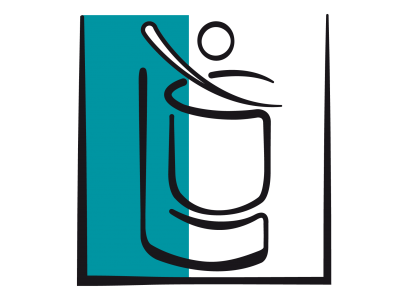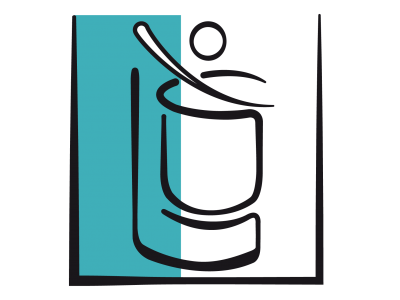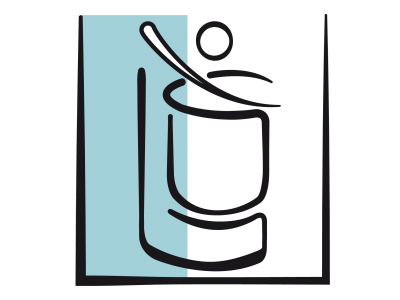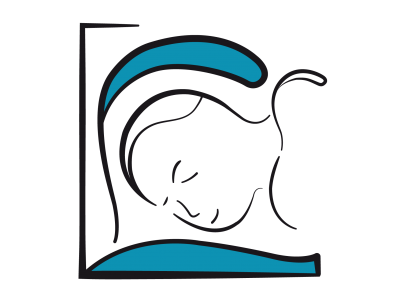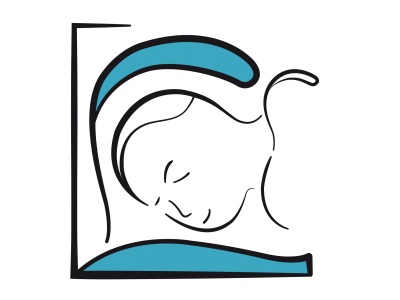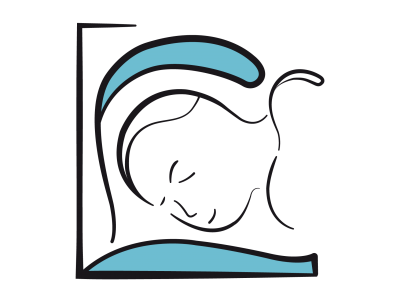Step 5 of 5
Arrhythmias
Arrhythmias are the second most common cause of complications after ventricular failure in adult congenital heart disease patients. They are responsible for approximately 20% of deaths, which generally occur in the form of sudden death [5]. They result from anatomical anomalies or the sequelae of surgery (ventriculotomy, atriotomy, patches). They are also associated with ventricular failure and corrections performed at a late age. They appear in 30% of VSDs, 10% of ASDs, tetralogy of Fallot or single ventricle, and 5% of coarctation, AV canal, TGA, ventricular hypoplasia or Ebstein anomaly [4].
These arrhythmias are generally refractory to drug treatment and must be managed invasively (thermo-ablation by catheterisation, implantation of defibrillators, excision of anomalous bundles or maze procedure during surgery), although relapses are common (12-34%) [6]. Due to anatomical distortions in congenital heart diseases (anomalous venous return, intracardiac shunting, single ventricle), the placement of intravascular probes may be unpredictable or hazardous due to the risk of thromboembolism, and necessitate the placement of epicardial electrodes by sternotomy [1,7]. In cases of residual R-to-L shunting, the presence of intracardiac electrodes justifies systemic anticoagulation [1,4].
These arrhythmias are generally refractory to drug treatment and must be managed invasively (thermo-ablation by catheterisation, implantation of defibrillators, excision of anomalous bundles or maze procedure during surgery), although relapses are common (12-34%) [6]. Due to anatomical distortions in congenital heart diseases (anomalous venous return, intracardiac shunting, single ventricle), the placement of intravascular probes may be unpredictable or hazardous due to the risk of thromboembolism, and necessitate the placement of epicardial electrodes by sternotomy [1,7]. In cases of residual R-to-L shunting, the presence of intracardiac electrodes justifies systemic anticoagulation [1,4].
- Wolff-Parkinson-White syndrome: common in cases of Ebstein anomaly. Treatment: thermo-ablation by catheterisation or surgical excision of accessory bundles during surgical reconstruction of the tricuspid valve.
- Reentry atrial tachycardia: linked to incisions, scars and patches – it comprises a relatively slow flutter (170-250 bpm) that may lead to a 1:1 ventricular response, resulting in hypotension, syncope and even sudden death [6]. While prevalence is highest after Mustard, Senning or Fontan procedures, the phenomenon may occur after any surgery on the atrium.
- Atrial fibrillation: less common than the previous example – it requires anticoagulation by vitamin K antagonist (no clinical experience as yet with new anticoagulants) and readjustment by cardioversion or maze procedure (see Chapter 20, Surgical ablation of AF). Unfortunately, scores such as CHA2DS2-VASc are not effective for congenital heart disease patients whose thromboembolic risk is linked more to the complexity and severity of the heart disease [3].
- Ventricular tachycardia: typical of lesions affecting the RV (tetralogy of Fallot, transposition of the great arteries, single ventricle, Ebstein anomaly), it can occur after any ventriculotomy and any VSD patch. The risk of sudden death is 2%/year [7]. The main risk factors are dilation of the RV, ventriculotomy, QRS ≥ 180 ms and age > 20 years at the time of surgical repair. Treatment: thermo-ablation by catheterisation (relapse rate ≥ 20%), implantation of a defibrillator
- Sinus bradycardia: some procedures on the atrium (sinus venosus closure, Mustard, Senning or Fontan procedure) may damage the sinus node [7]. Treatment: placement of an endovenous or epicardial pacemaker.
- AV block: a lesion of the AV node is common after AV canal defect correction and surgery on the aortic or mitral valves.
The main independent risk factors for severe arrhythmias in adult congenital heart disease patients are dysfunction of the systemic ventricle (EF < 30%), RV dilation, widening of QRS, surgical incisions on the cardiac walls, and advanced age (> 20 years) at the time of surgery [1,5]. The risk of sudden death is high after surgical correction of some pathologies and justifies the implantation of an endovenous defibrillator: tetralogy of Fallot, TGA, Ebstein anomaly and Eisenmenger syndrome [2]. When managing such patients, anaesthetists must be prepared to take immediate action in the event of severe dysrhythmia: antiarrhythmic drugs (amiodarone, lidocaine), defibrillator patches attached prior to induction, etc.
© BETTEX D, CHASSOT PG, January 2008, last update February 2020
References
| Arrhythmias |
| Arrhythmias are responsible for approximately 20% of deaths. Several risk factors: - Severe dysfunction of the systemic ventricle (EF > 30%) - Dilation of the RV - Atriotomy or ventriculotomy, presence of intracardiac patches - Age > 20 years at the time of surgical correction - Widened QRS (≥ 180 ms) |
© BETTEX D, CHASSOT PG, January 2008, last update February 2020
References
- BHATT AB, FOSTER E, KUEHL K, et al. Congenital hesart disease in older adult. A Scientific Statement from the American Heart Association. Circulation 2015; 131:1884-931
- BUDTS W, ROOS-HESSELINK J, RÄDLE-HURST T, et al. Treatment of heart failure in adult congenital heart disease: a position paper of the Working Group of Grown-uo Congenital Heart Disease and the Heart Failure Association of the European Society of Cardiology. Eur Heart J 2016; 37:1419-27
- KHAIRY P, ABOULHOSN J, BROBERG CS, et al. Thromboprophylaxis for atrial arrhythmias in congenital heart disease: a multicenter study. Int J Cardiol 2016; 223:729-35
- KHAIRY P, VAN HARE GF, BALAJI S, et al. PACES/HRS Expert Consensus Statement on the recogition and management of arrhythmies in adult congenital heart disease. Can J Cardiol 2014; 30:e1-e63
- VILLAFAÑE J, FEINSTEIN JA, JENKINS KJ, et al. Hot topics in tetralogy of Fallot. J Am Coll Cardiol 2013; 62:2155-66
- WALSH EP. Interventional electrophysiology in patients with congenital heart disease. Circulation 2007; 115:3224-34
- WALSH EP, CECCHIN F. Arrhythmias and adult patients with congenital heart disease. Circulation 2007; 115:534-45
15. Anesthesia for adult congenital heart disease patients
- 15.1 Introduction
- 15.2 Nomenclature and pathophysiology
- 15.3 Approach by pathology
- 15.3.1 Classification
- 15.3.2 Diagnostic methods
- 15.3.3 Anomalous venous returns
- 15.3.4 Atrial septal defects (ASDs)
- 15.3.5 Atrioventricular canal (AVC) defects
- 15.3.6 Ebstein anomaly
- 15.3.7 Ventricular septal defects (VSDs)
- 15.3.8 Ventricular hypoplasia
- 15.3.9 Tetralogy of Fallot
- 15.3.10 Mixed shunt
- 15.3.11 Pulmonary stenosis
- 15.3.12 Anomalies of the LV ejection pathway
- 15.3.13 Transposition of the great arteries (TGA
- 15.3.15 Coarctation of the aorta
- 15.3.14 Congenitally corrected TGA
- 15.3.16 Arterial abnormalities
- 15.4 General considerations for anesthesia
- 15.5 Conclusions






